There are plenty of oddities to be discovered, but what are the weirdest things in Japan? Most things will seem pretty bizarre at first, but after a few days, you’ll start to absolutely adore them. From high-tech toilets, capsule hotels, bizarre festivals, unusual foods and large amounts of kawaii, Japan will manage to provide you with the cultural shock of a lifetime. We spent 2 weeks in Japan trying to grasp the oddest things in the country. And yes, we loved the Japanese culture so much, we decided to move here!
We’re here to reassure you that all these weird Japanese stuff make for the best photos, memories, and souvenirs. You’ll be amazed and you’ll love it.
Table of Contents
- High tech toilets
- Vending Machines
- The fastest bullet train cleaning
- Weird food in Japan
- Plastic sample dishes
- Expensive Fruit
- KFC Christmas Dinner
- Kawaii everything
- Unusual themed cafés
- Strange accommodation
- Bizarre Matsuri
- Pachinko Parlours
- Public Baths (Onsen)
- Robotic Restaurants
- Jingles and ad trucks
- Final Thoughts
High tech toilets
Discovering high-tech toilets in Japan was a game-changer for me. They’re not just toilets (well, technically they are washlets) but they’re like a gadget bonanza with self-cleaning features, heated seats, and even music to keep things discreet. It’s mind-boggling why these haven’t gone global yet. Navigating the myriad of buttons felt like a mission at first. Who knew a toilet break could be so interactive? But, getting the hang of it unlocks a world of comfort and neat features.
And here’s a quirky bit – in traditional spots like inns and some eateries, you might need to slip into special toilet slippers. Talk about immersive! From the moment I landed and throughout my journey, these smart toilets were a constant source of amusement and, dare I say, convenience. They’re everywhere, blending the traditional with the futuristic. Weird? Maybe a tad. But absolutely brilliant.
Vending Machines
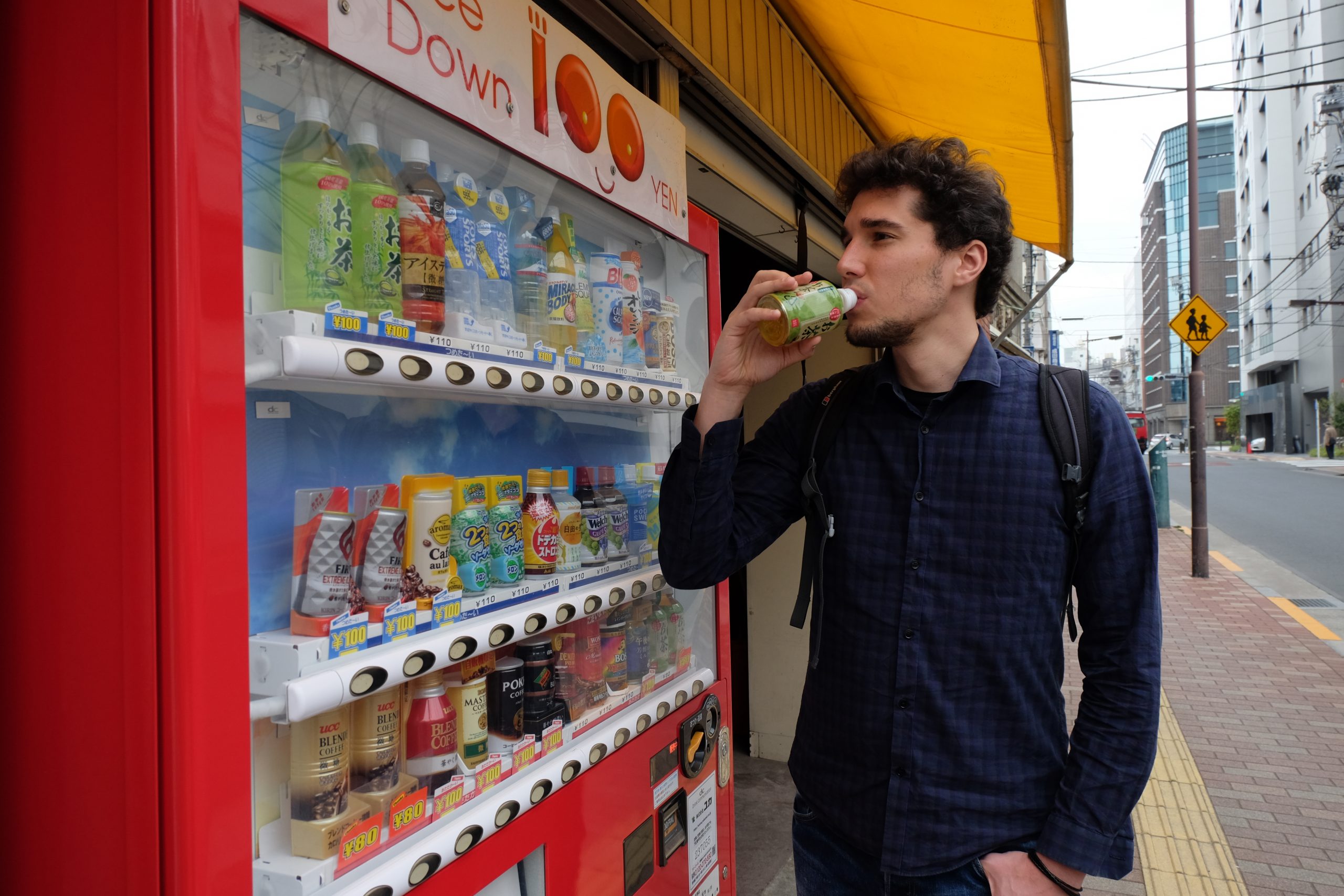
The best thing about Japan is all the vending machines everywhere. There are currently approximately 2.25 million vending machines in Japan. That’s a lot! That’s basically a vending machine for every 23 people.
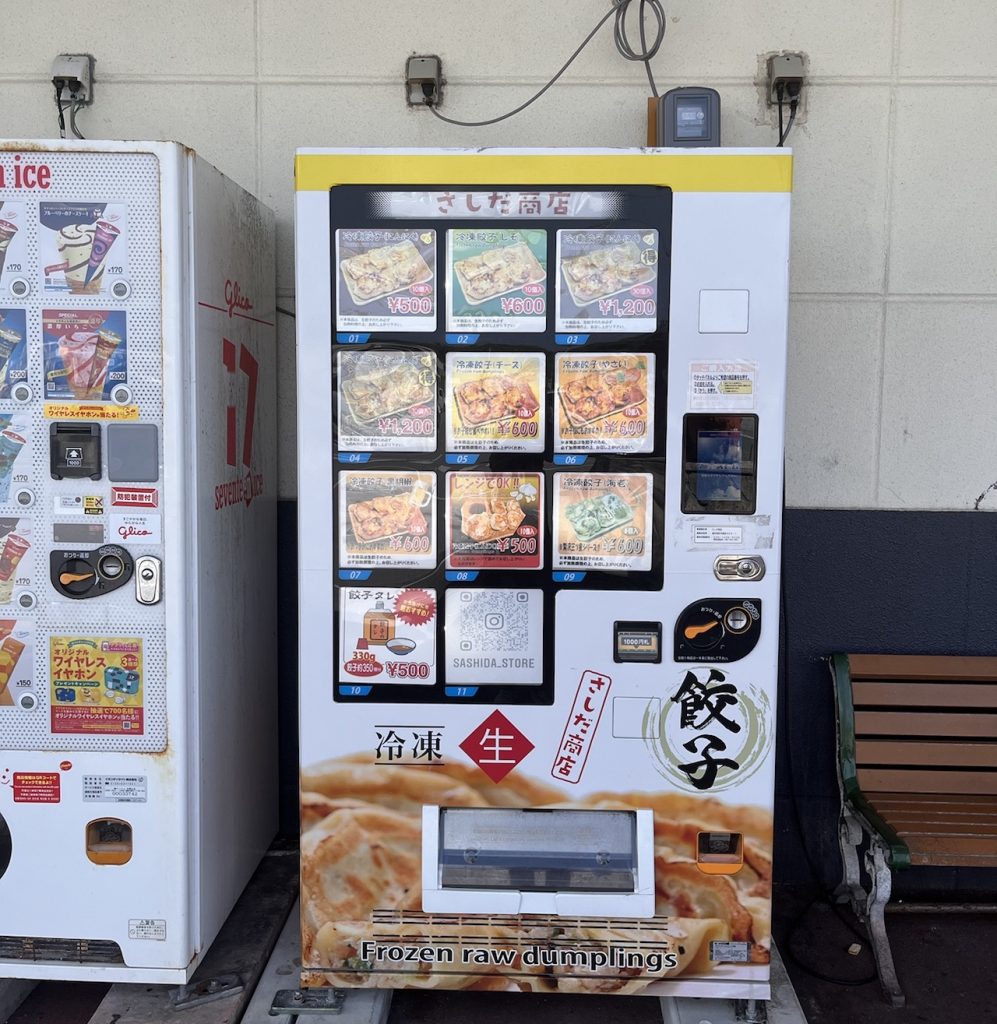
You will find one in your hotel, at the subway station, next to the postal office, next to the restaurant, on the street, next to the bus stop… EVERYWHERE. They are cheap and amazing. You can buy hot and cold beverages, bananas, milk, noodles, ramen and even raw frozen dumplings because why not?
Many of the vending machines in Japan take cash only, but nowadays, you can use your IC Card (Suica, Pasmo etc) to pay as well.
The fastest bullet train cleaning
Experiencing the shinkansen in Japan was a highlight for me, not just for the speed but the incredible efficiency behind the scenes.
Imagine this: a whole crew, known as Tessei, zooms through the train, cleaning the train in under 10 minutes (7 whole minutes to be precise). They even flip the seats around so almost everyone’s facing forward – how neat is that?
With 22 people tackling 100 seats, they blitz through each row in just about 12 seconds. Watching them work is like witnessing a well-choreographed dance. and yes, if you are wondering, they do change the head rest cloth every single time!
Absolutely makes getting a JR Pass worth every penny for the sheer experience of it all. Fast, clean, and downright impressive – the Shinkansen is a must-do in Japan.
Weird food in Japan
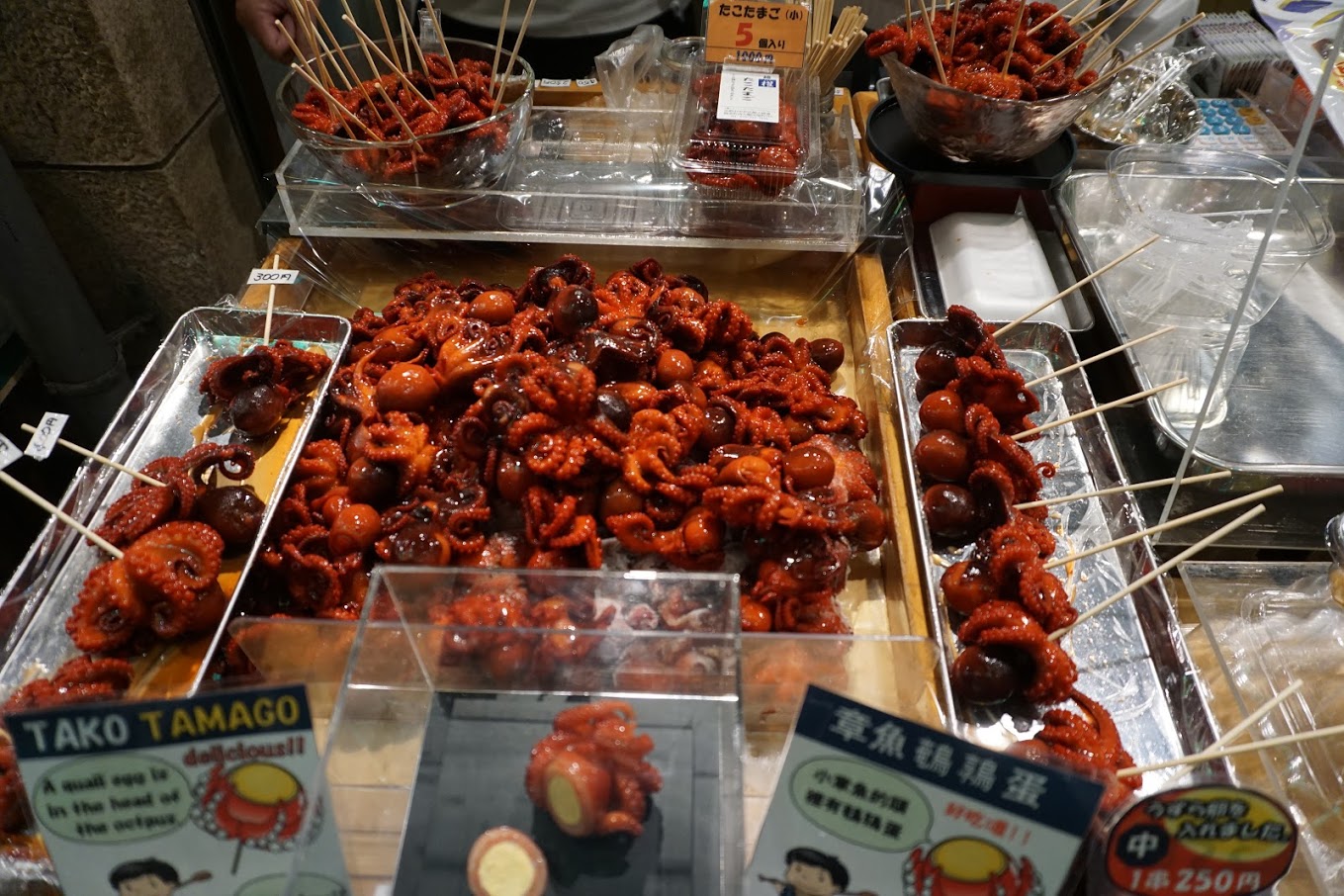
Japan’s culinary scene is a wild ride, and I’m all in for it! Take Takotamago, for instance – imagine munching on a tiny octopus skewer with a boiled egg sneakily stuffed in its head. Stumbled upon these gems in a Kyoto market and, no joke, it was love at first bite.

And then there’s Basashi, yep, we’re talking raw horsemeat. It’s usually served as a sashimi and considered a delicacy. Not your everyday fare, but definitely a must-try for the adventurous soul. Ever wandered down a Yokocho? It’s where the food magic happens. It’s literally where you will find the highest concentration of offal restaurants, serving it as grilled skewers.
Even weirder? Try Shirako (milt), the sperm sacs of fish, often cod, served either raw or cooked. I tried this in a high end restaurant in Kyoto.
I saw on the menu something called Hachinoko which is simmered bee larvae commonly found in the Gifu and Nagano prefectures.
Sounds bizarre, right? But trust me, these unusual eats are surprisingly delicious. Dive in, taste the weirdness, and thank me later!
Plastic sample dishes
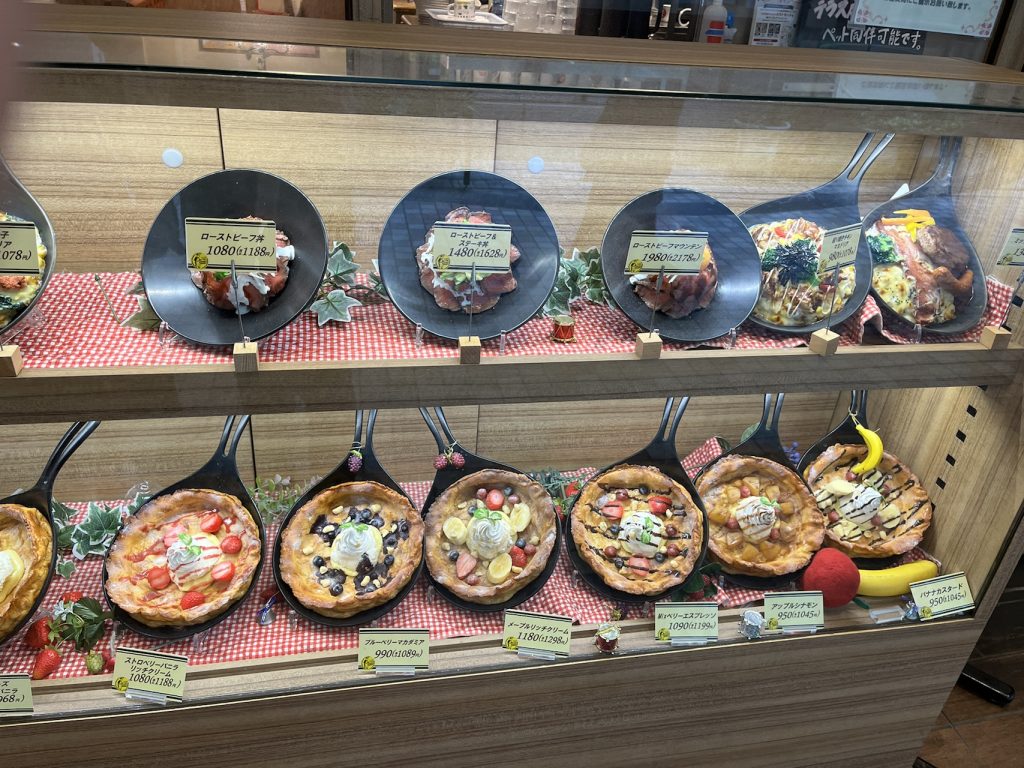
One quirky delight in Japan is the widespread use of life-sized plastic food displays outside restaurants, a game-changer for decision-making, especially when there’s a language barrier.
These food models, or shokuhin sampuru, not only lure you in with a visual feast but also hold a fascinating history, evolving from real food displays in the Edo Period to the plastic masterpieces of today. It’s an art form that marries practicality with allure, making it a unique aspect of dining out in Japan.
Here is the kick: In Japan, those plastic food displays aren’t just for show. By law, they must mirror the actual dish you’ll be served. Any deviation is a no-go, considered false advertising.
Expensive Fruit
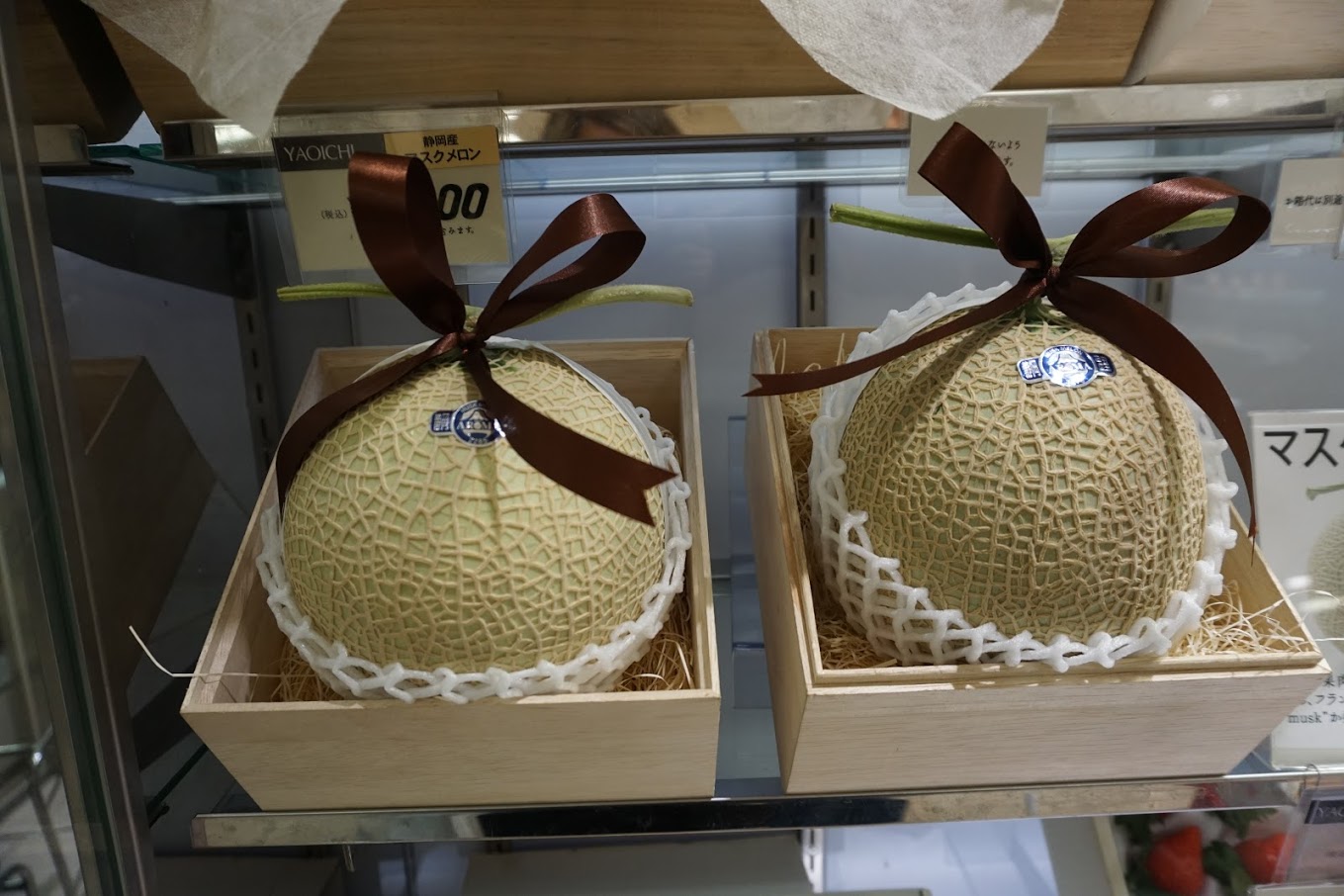
Ever stumbled upon a melon dolled up with a bow? Welcome to Japan, where fruit isn’t just fruit, it’s a luxury gift. Every succulent piece, from melons to mangoes, comes in packaging so posh it feels like unwrapping a present. And yes, the price tags match the elegance. I once locked eyes with a mango priced at a whopping 10800 yen. That’s one posh mango!
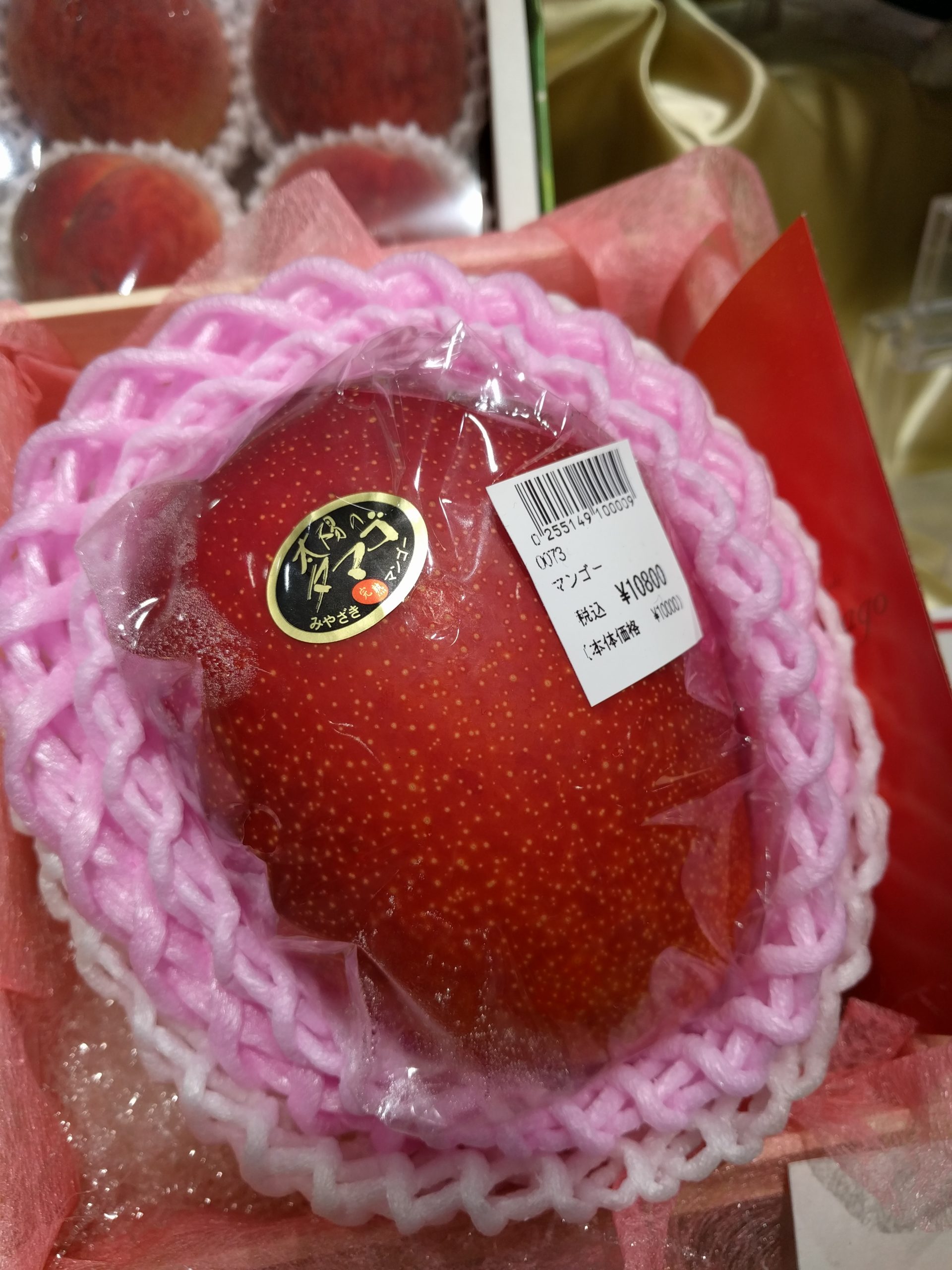
Then there are the white strawberries, exclusive to Japan, setting you back about £20 a pop but oh-so-sweet. It’s not just the luxury fruit that is so expensive. An apple in a supermarket in Ebisu costs around 700 yen per piece. A bag of around 5-6 satsumas costs 1000 yen. For (somewhat) affordable fruit, you need to visit supermarkets like OK or smaller fruit markets in suburban areas.
KFC Christmas Dinner
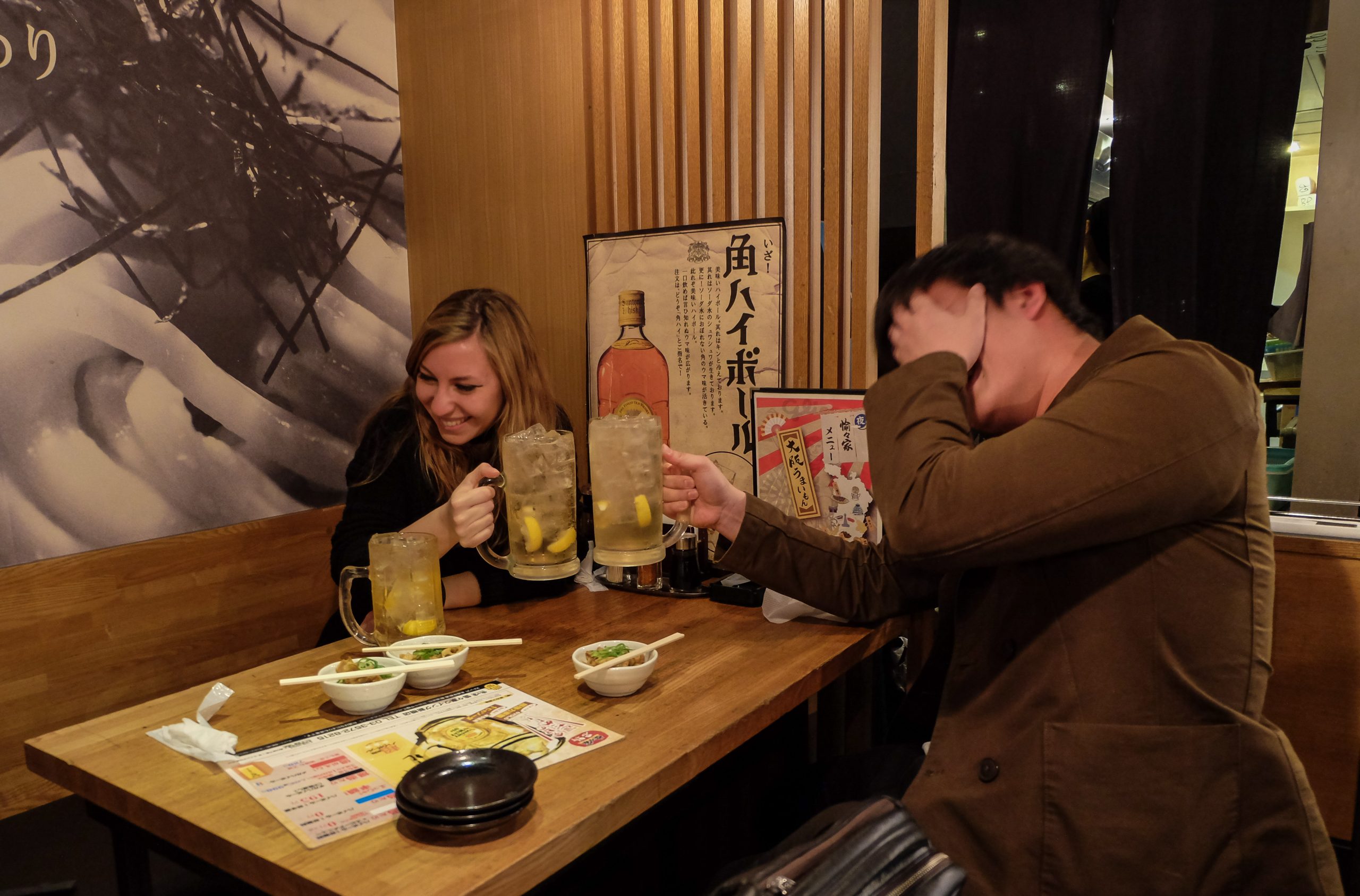
Landing in Japan just before Christmas was an eye-opener. The festive spirit’s alive and kicking here, with cities dazzling in winter illuminations. But here’s the quirky twist: Christmas dinner in Japan often means digging into KFC! Yep, you read it right. My buddy Kota clued me in and told me that this quirky custom dates back to a wildly successful marketing campaign in the ’70s. The ads convinced folks that fried chicken is the holiday feast to have, a stand-in for the elusive turkey in Japan.
Sounds wild to see people queuing in front of the KFC for Xmas, but in Japan, it’s just part of the holiday charm.
Kawaii everything
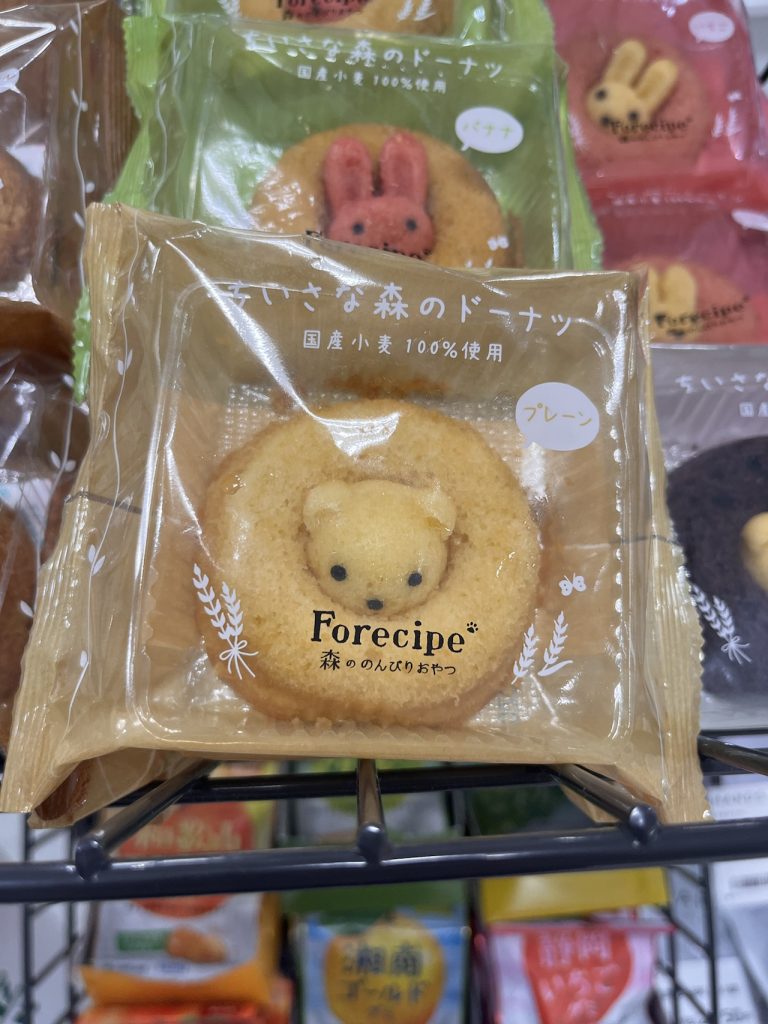
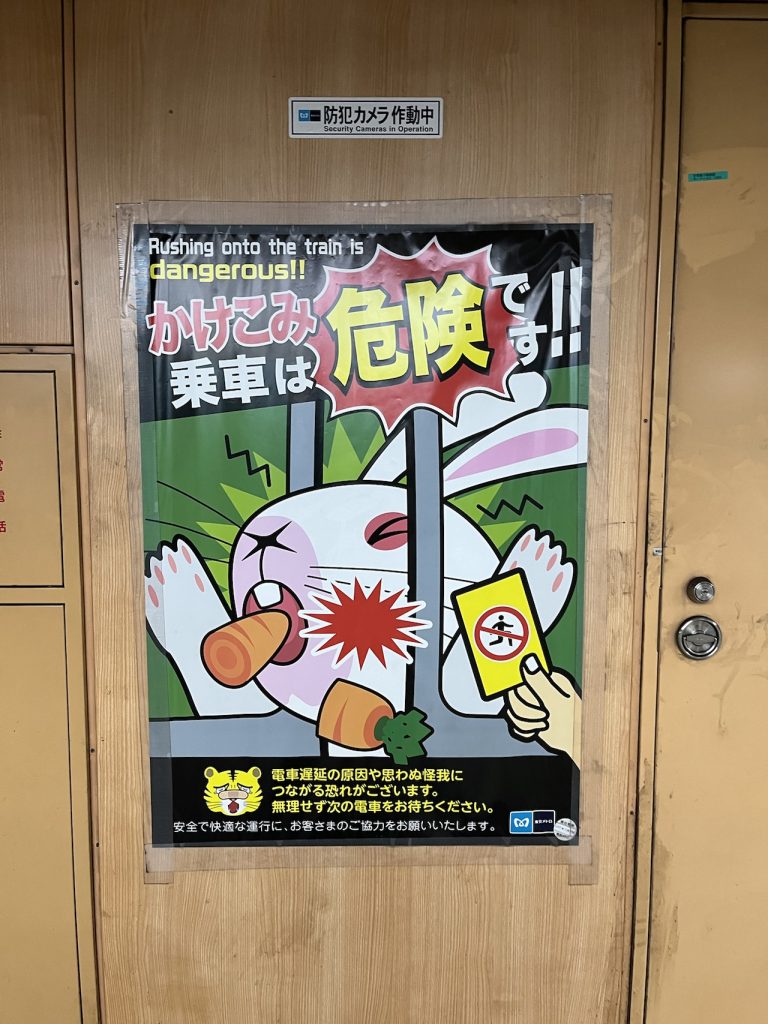

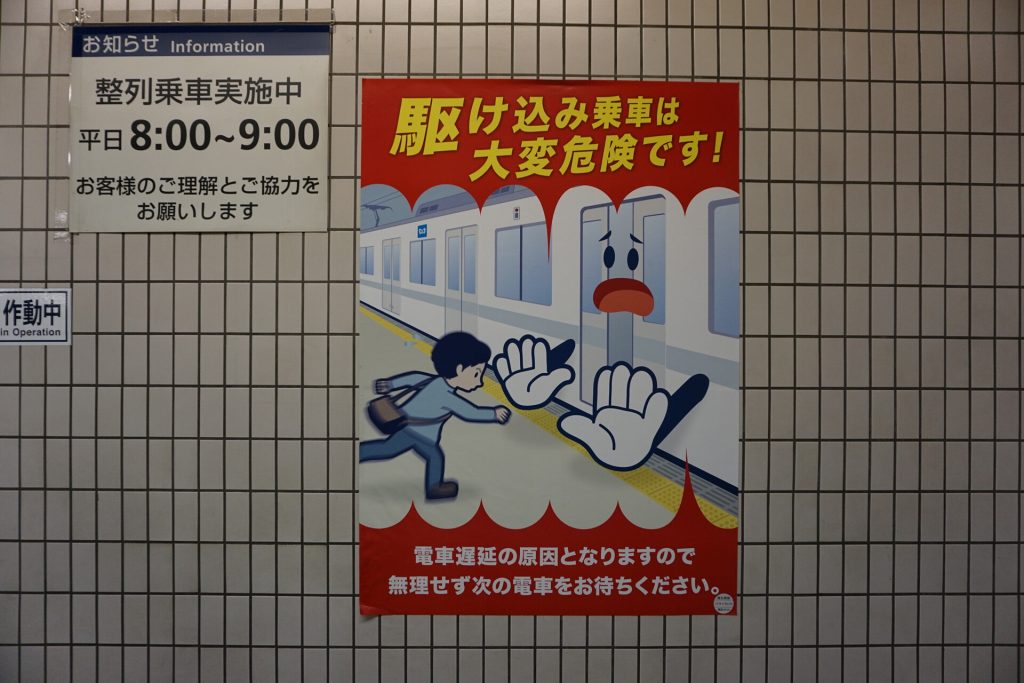
Kawaii (meaning cute in Japanese) is everywhere in Japan. It’s not just the gear or the shops. It’s in the food, the signs, you name it. Ever seen a “keep off the grass” sign that made you go “aww”? That’s Japan for you.
It all started in 1970s when it was initially associated with a new style of writing. I wrote an entire article about Kawaii in Japan because I find the subject really fascinating.
Now, if cute’s your jam, Harajuku is your spot. It’s like walking into a rainbow explosion of the most out-there, adorable gear and shops jam-packed with the kind of fluffy, mini stuff that just screams take me home!
Want cute food? I’ve got you covered. For the rainbow cotton candy head to Totti Candy Factory in Harajuku. For animal shaped doughnuts, head to Floresta Kōenji. And my personal favourite? The Shiro-Hige’s Cream Puff Factory where you can buy totoro shaped cream puffs, which happens to be just 30 min walk from the Gōtokuji Temple, dedicated to cute lucky cats!
Unusual themed cafés

Japan’s café culture is a wild ride of the whimsical and wonderful. From snuggling with cats at a cozy cat café to hanging out with hedgehogs at HARRY, Tokyo’s got a café for every kind of animal lover. There is even a cafe capybara, in Sumida, Tokyo, I’m not joking.
It’s not just about the animals, as new emerging themed cafés like the Final Fantasy-inspired Eorzea Café offer immersive experiences that are quintessentially Japanese. For a touch of the macabre, Tokyo’s Vampire Café, with its Gothic ambiance and monster-themed menu, is my latest obsession. These spots are more than just cafés, in my opinion, they’re a creative response to Japan’s loneliness, offering unique ways to connect and unwind.

Japan Rail Pass
The optimal way to explore Japan is with a rail pass that is available for durations of 7, 14, or 21 days, offering unlimited travel across the country. Shinkansen included!
Then there’s the quirky side of companionship at cuddle cafés in Akihabara, where you can literally pay for a cuddle, highlighting a deeper societal need for connection. And for a dose of cute with your coffee, Maid Cafés and Moomin Cafés serve up smiles with a side of kawaii.
Strange accommodation

Tokyo’s real estate puzzle sparked a genius innovation: the capsule hotel. These snug (1.2 meters wide, 2 meters long and 1 meter high), pod-like rooms that are surprisingly comfy despite their compact size. Originally for salarymen, these capsule hotels now lure budget travelers and adventurous tourists with their blend of affordability and unique experience.
But Tokyo’s quirky accommodations don’t stop there. Enter the love hotels, where privacy and fantasy reign supreme. These spots offer short stays with a twist, featuring themed rooms, discreet check-ins, and even costume rentals for those looking to spice things up. While intriguing, tread carefully, as some of these establishments have murky affiliations.
Bizarre Matsuri

Ever been to a festival dedicated to the male reproductive system? Well, Japan has that in store for you.
April is the time to be amazed in Japan (and one of the best times to visit the country). No, not just because of the blooming sakura trees, but because of the craziest event on the planet: the Kanamara Matsuri held in Kawasaki. This is a Shinto fertility festival and probably not the time to spend a day out with your parents. You will be surrounded by plenty of penis-shaped things, including, of course, lollies.
And yes, there are more:
Hadaraka Matsuri (Naked Festival) takes place in Okayama. participants (mostly men) wear minimal clothing, just a Japanese loincloth (fundoshi), and compete in various games and activities.
Naki Sumo (Crying Baby Festival) is an unusual festival which involves sumo wrestlers holding infants and trying to make them cry. It’s believed that the baby’s cries will ward off evil spirits and bring good health.
Pachinko Parlours
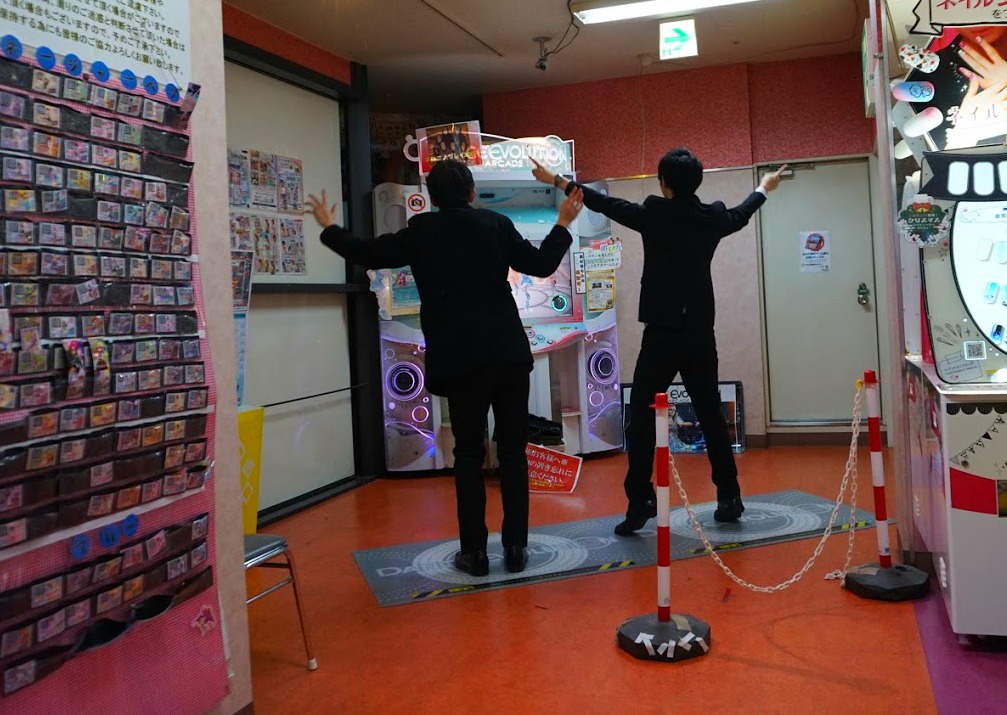
Pachinko is an arcade game, a combination of slot machine and pinball. These places are bright, colourful, extremely loud and very smoky. We found several of them in Akihabara.
What’s weird about them? Despite Japan’s strict anti-gambling laws, pachinko parlors operate in a legal gray area. Players win tokens, not cash, aligning with the letter of the law. Yet, the real twist comes just steps outside, where separate entities trade these “useless” tokens for real money, skirting the legal boundaries without directly crossing them.
Public Baths (Onsen)

Nothing screams weirder than the idea of a public bath. Why? Because in Japan this is a perfect way to relax and socialise after a hard day at work…naked.
Public baths are separated by gender, and swimsuits are not allowed in the onsen. I guess this is what you call conversation without boundaries. These are perfectly normal in Japan, and foreigners can use them too (if they don’t have tattoos)
There is a whole etiquette around entering an onsen so make sure you learn a bit about how to behave in Japan. For example, you do need to wash really well before entering the public bath. Make sure your towel or hair doesn’t touch the water. And yes, you do need to be fully naked.
Robotic Restaurants
I’m talking about restaurants where robots bring your meal. It’s all automated from the moment you check in and get a ticket with your table number, through ordering via a table to receiving your meal via a cute robot.
As unusual as this is, don’t worry, there are some real human staff around to be able to help if you’re running into difficulties. Besides, you still need to go to the counter and pay while interacting with a human. But this shows where Japan is trying to go with it all.
Jingles and ad trucks
Cross the road and you will hear a pew pew sound. Enter a Family Mart and you will hear another representative jingle. Wait for your Shinkansen to arrive, and you’ll hear a distinctive sound telling you the train is approaching.
In fact, go around Tokyo, and you’ll notice that every single station on the Yamanote line has its own jingle.
The marketers took advantage of this and are using specific jingles and songs to advertise their products or services when driving around the cities. I have no doubt that during your trip you will come across the “vanilla, vanilla” truck.
Final Thoughts
Now you know all the weirdest Japanese things I came across during my visit. And even though some of these things might come as a cultural shock, honestly, there is no person I’ve ever spoken to that didn’t absolutely love all these quirks. In a way, these are the things that make Japan so fun and exciting, and absolutely different from any other country in this world. After all, because it’s so peculiar, we decided to call it home!
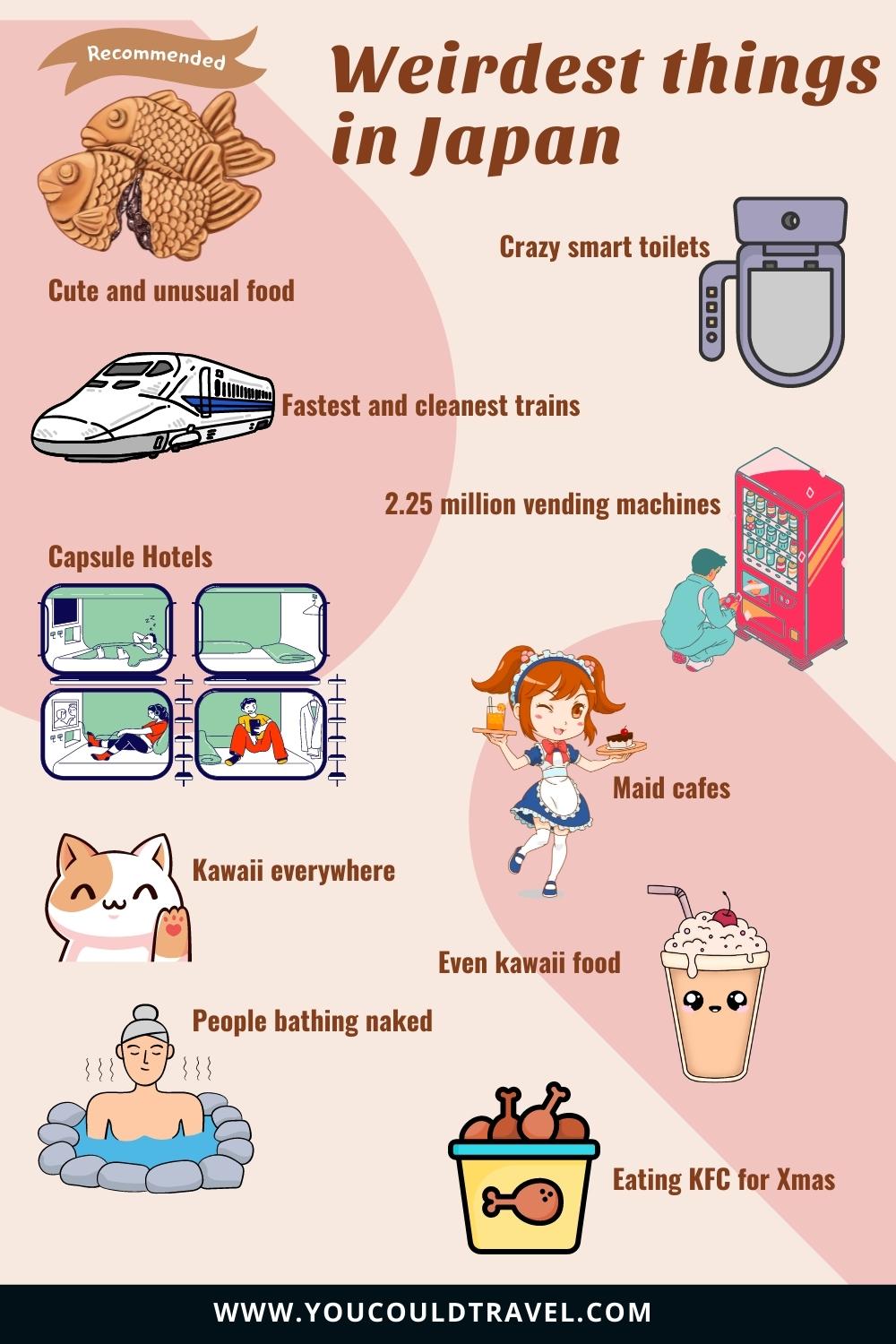
Are you falling in love with Japan and want to visit Japan as soon as possible? I put together an array of great resources for you to make it easier to plan. Start with the Japan itinerary page. I put together 7 days in Japan, 2 weeks in Japan and 3 weeks in Japan itinerary for those keen to really see more of this fantastic country. There are many beautiful things to see in Japan you will want to add to your wishlist.
When you start planning, check what to pack for Japan and what to wear in Japan. I also wrote a book on how to behave in Japan, which contains a lot of cute manga style illustrations done in partnership with a Japanese artist. We hope to see you here soon!


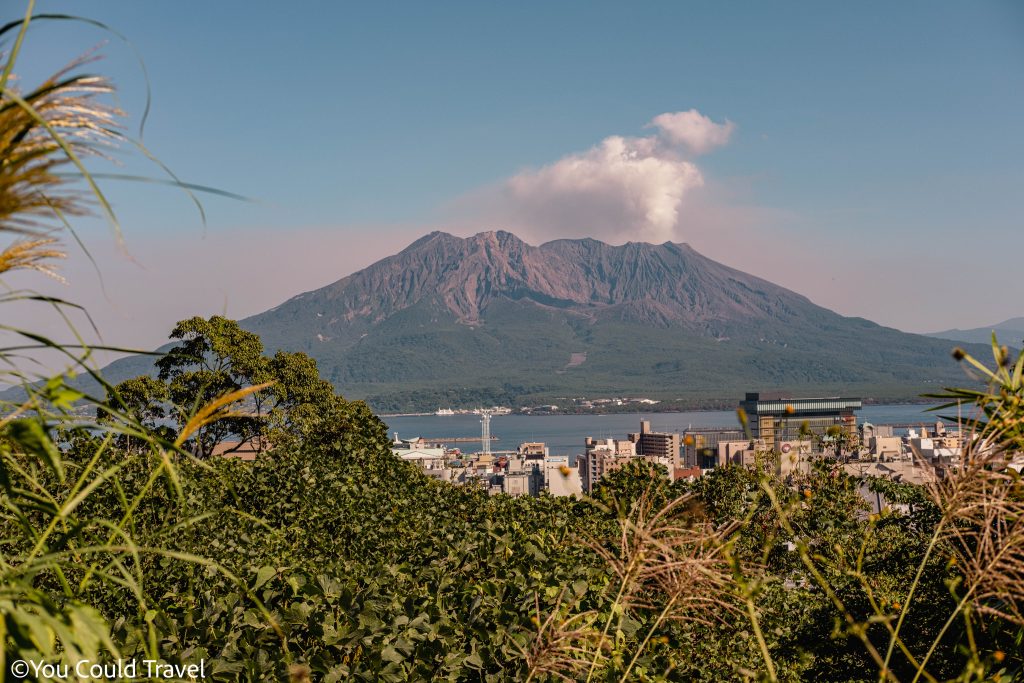






Leave a Reply